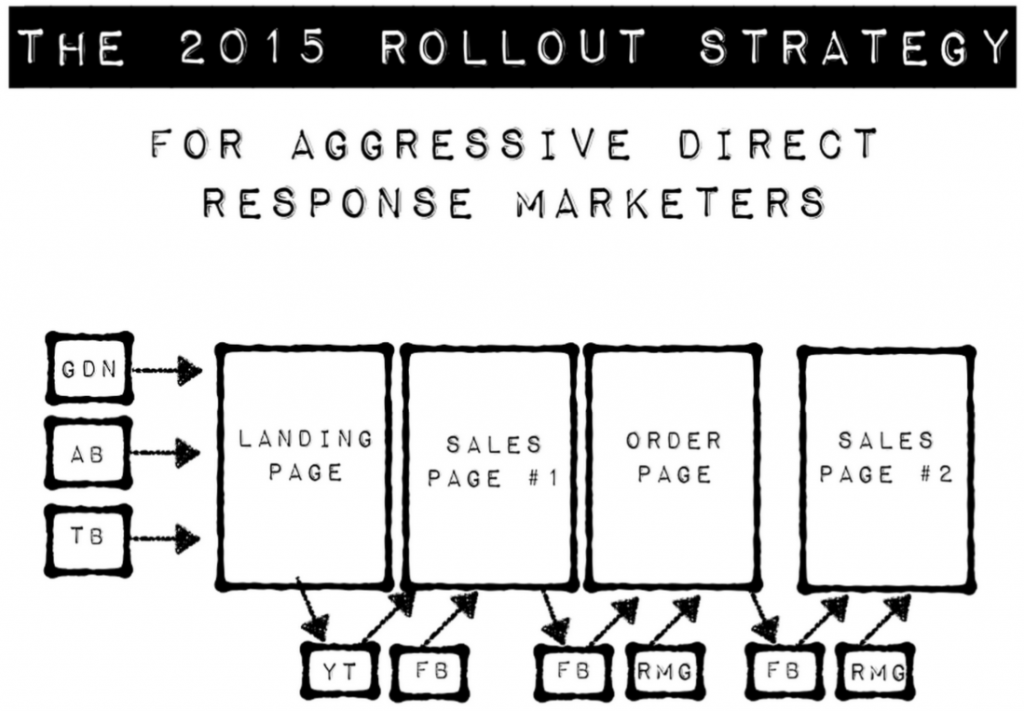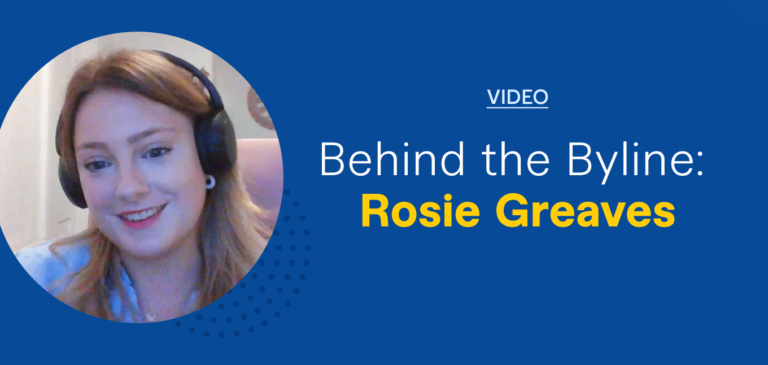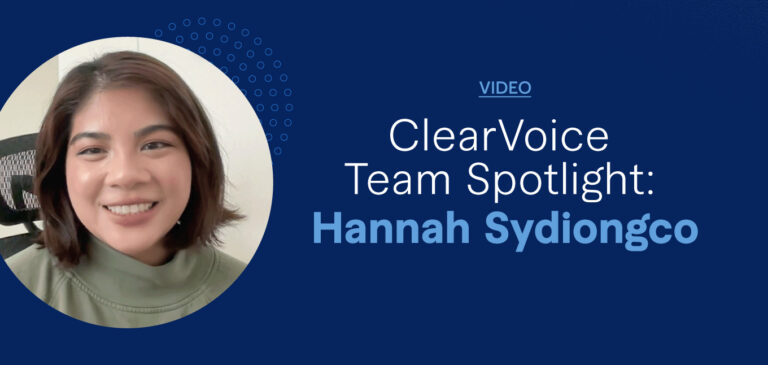Brands believe in content marketing.
DemandMetric reports that 90 percent of all companies are currently engaging in some form of content marketing. The problem? Only 21 percent of content marketers report that they can track a profit back to their content, according to Ad Age.
I’m part of that 21 percent. I’ve built a successful (7-figure) agency off the back of my content marketing, and I want to show you how I’ve done it.
For starters, it begins with what you’re creating content about. The topic of your blog posts is like the bait you use when fishing. You won’t catch whales with worms on your hook.
The difference between low-paying & high-paying clients
Low-paying clients aren’t bad people. They don’t pay less because they’re trying to screw over freelancers — they’re just smaller companies with smaller budgets. There’s a big market for taking care of these clients.

The clients willing to pay top dollar are bigger, more established companies. They’re not struggling anymore, and their biggest problem is trying to decipher who, among the thousands of vendors pitching them, is worth their money.
Since they are bigger companies, they usually don’t have the time to keep learning new tactics. They can also afford to use both the low-cost and higher-costing tactics.
This makes the higher-paying clients likely to search and subscribe to content that is results-based and/or about higher-costing tactics, such as paid advertising and outsourcing.
There will be some overlap. Big companies didn’t get big because they were wasteful. But stick to topics that would repel low-budget clients while still attracting bigger companies.
What do the big guns want?
Here’s what we know so far:
- They’re trying to vet which vendors are legitimate and worth their investment
- They’re looking for results more than tactics (i.e., case studies and strategy breakdowns)
- They’re more likely to read about tactics that require bigger investments than a small, struggling company would
Knowing this, I developed my own content strategy around case studies and breakdowns of tactics or strategies that require larger investments. To see a working example, here’s a post that continues to generate new prospects for me.
I sell advertising services, so obviously, my case studies are about paid ads and increasing conversions. However, this applies to all freelancers.
My wife recently launched a new writing service for which we blog about advertorials and copywriting, rather than SEO or social media. Why? Because if you look at the price of most SEO or social media writers, it ranges from $10 to $250 an article.
Our pieces sell for $995 each. We can’t sell thousand-dollar articles to people paying $10 an article. So we blog about topics that people paying $10,000 for sales pages would want to read. It’s working like a charm, too.
When I first started online back in 2005, I used to beg people to pay me $189 to design a website for them. A whole website for just $189! That’s ludicrous.
If I were a Web designer still, then today I’d be blogging about landing page optimization case studies. Designers who specialize in high-converting landing pages are getting paid as much as $7,500 to design just one page. That’s 39 times more than what I used to charge for a whole website.
How to find out what they’re reading
I’m not perfect; over the last eight years, I’ve had to start over three times. However, each time I started with a dream 100 list, a concept created by the late Chet Holmes that asks you to list out the 100 dream clients you wish you had — and then target just those 100 clients with your personal brand marketing.
By creating a dream 100 list 
Twitter is a marketing research goldmine. Their stock may be plummeting and their CEO’s office has a revolving door, but http://search.twitter.com is probably the most lucrative marketing tool I use.
By reading the titles and full articles of the blog posts my dream clients are retweeting, it’s easy to get a sense of what I should be blogging about. Anyone can do this, and it’s totally free.
Write quality, not quantity
Remember that high-paying clients are reading with the intention to decipher who is worth hiring. Don’t write boring or shallow case studies just to publish this type of content — it won’t work. I only have about seven of these types of blog posts, which I wrote over the course of two years. I re-use them in my marketing all the time. I promote them via social media, in my email newsletter, and I even drive paid ads to them. They work that well.
So don’t scrimp on effort when you write these. Make them 1,000 to 2,000-plus words, with screenshots and videos too, if appropriate. Done right, each of these case-study type articles can be worth tens of thousands of dollars too you, so go all-in on them.
TL;DR
Low-paying clients read topics about low-cost tactics. High-paying clients read results-focused topics such as case studies and strategy breakdowns. To attract higher-paying clients, focus your personal blogging around writing case studies and topics about tactics that require bigger investments.
Also, create a dream 100 list of clients you wish you had. Then look up their Twitter profiles to see what they are retweeting. Use that research to inspire what you write about, so you’re attracting the right clientele.




